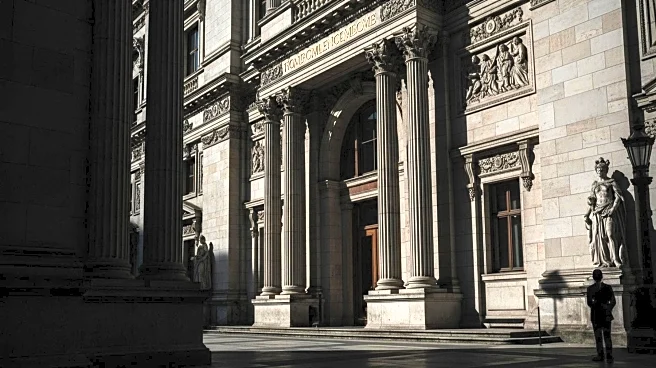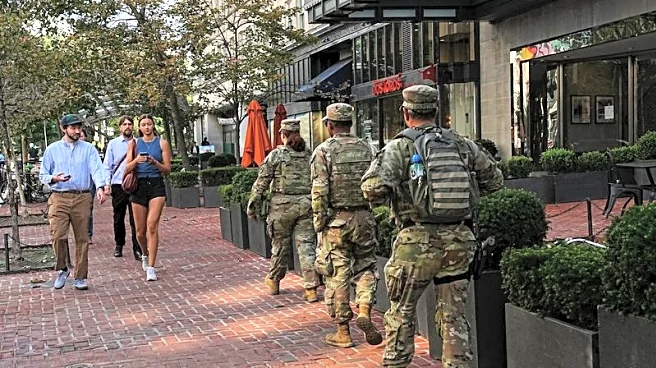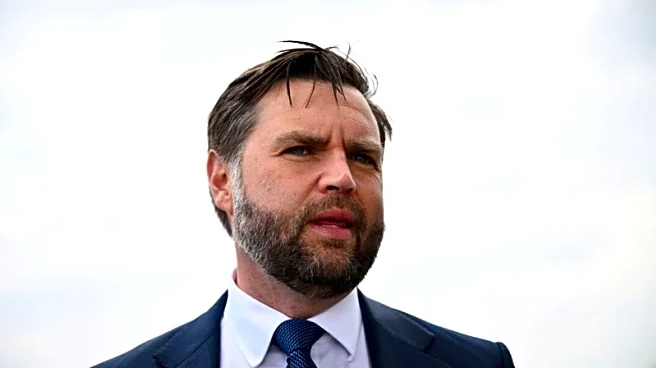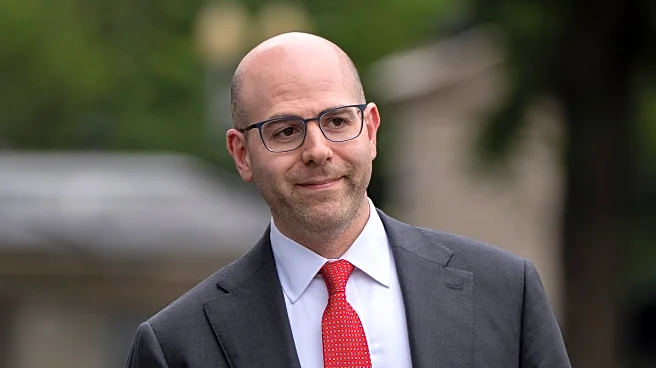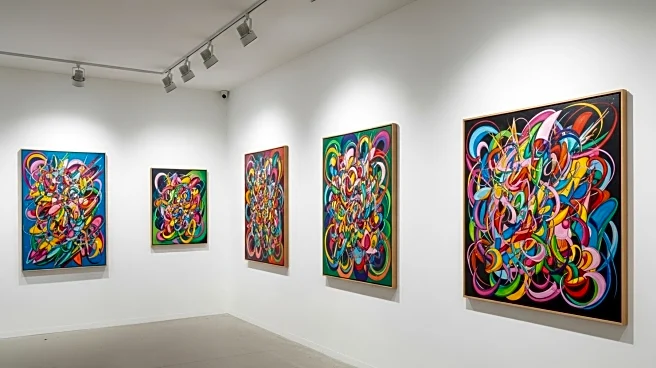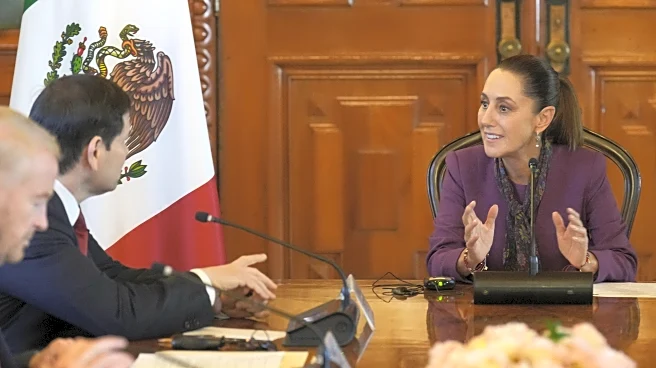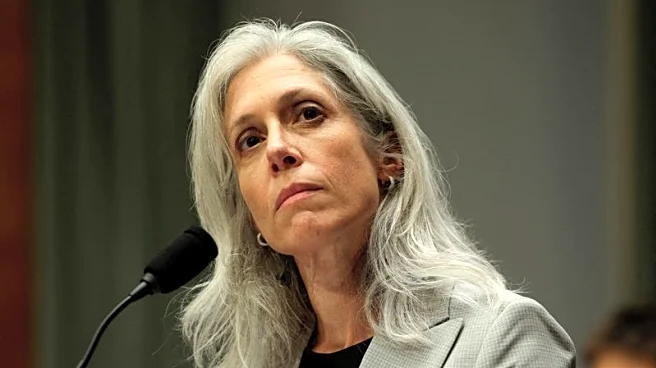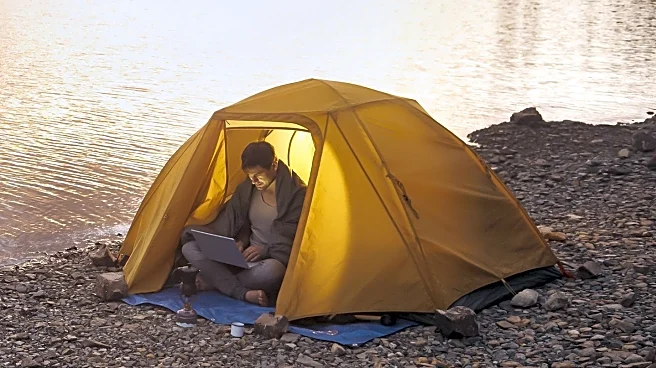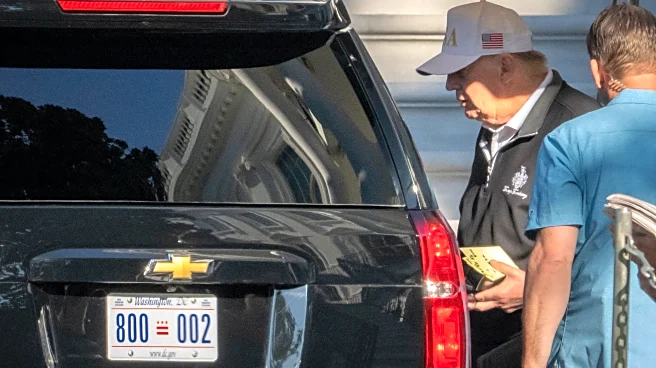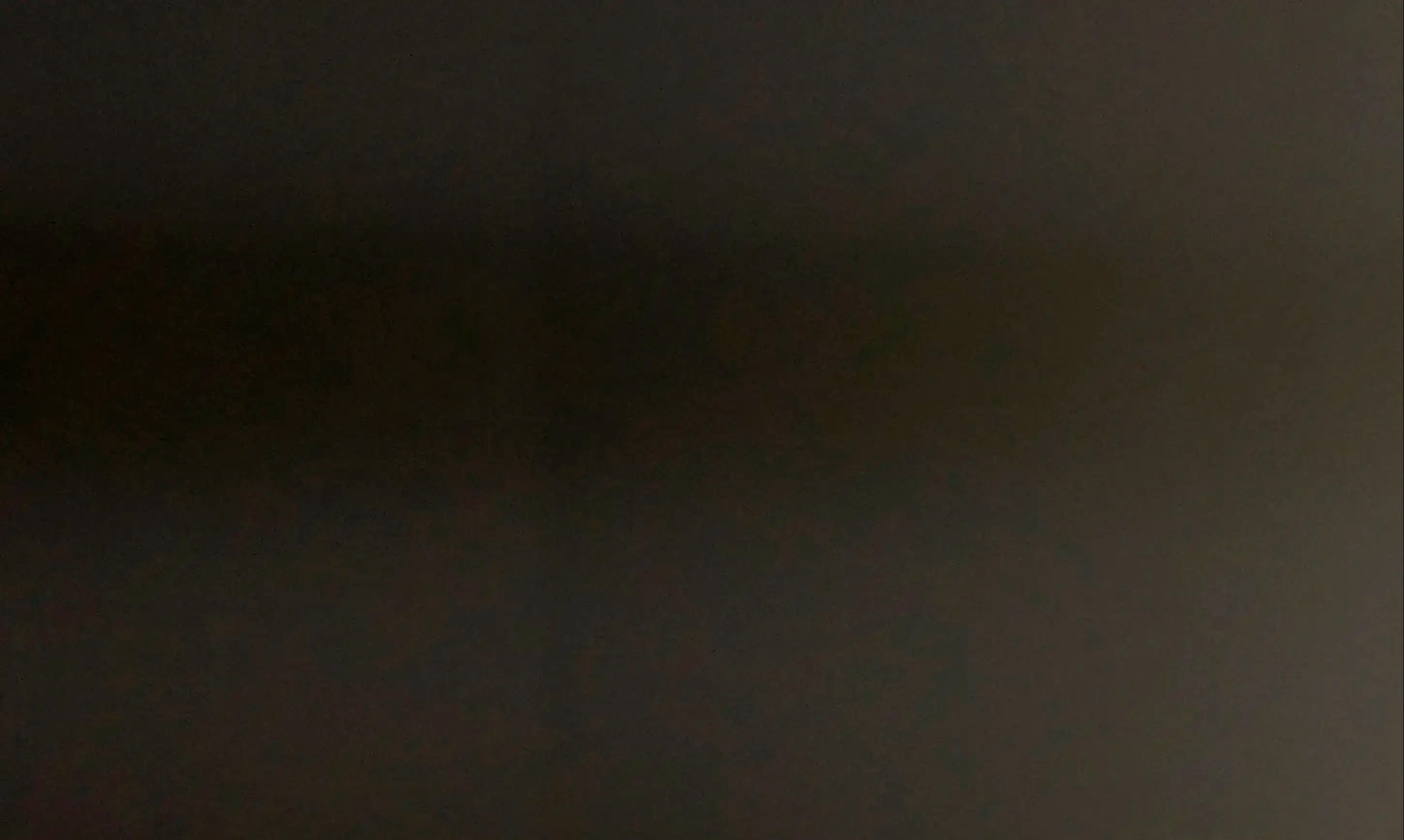What's Happening?
The Smithsonian Institution is undergoing a comprehensive internal review of activities at eight of its 21 museums, as announced by the U.S. government. This development comes amid growing interference from President Trump and his administration in museum operations. The National Portrait Gallery in Washington, D.C., has been notably affected, with artist Amy Sherald canceling a long-scheduled exhibition due to concerns over censorship and institutional fear. This cancellation raises questions about whether Sherald's decision is an isolated incident or indicative of a broader response from the art community.
Why It's Important?
The scrutiny of the Smithsonian Institution by President Trump’s administration highlights tensions between government oversight and artistic freedom. This situation could have significant implications for the U.S. cultural sector, potentially affecting how museums operate and curate exhibitions. Artists and institutions may face increased pressure to align with governmental expectations, which could stifle creative expression and limit the diversity of perspectives presented in public art spaces. The art community's response to these developments may influence future policies and the relationship between government and cultural institutions.
What's Next?
The ongoing review of Smithsonian museums may lead to changes in how these institutions are managed and funded. Stakeholders in the art world, including artists, curators, and museum directors, are likely to engage in discussions about the balance between artistic freedom and governmental oversight. The outcome of these conversations could shape the future of museum operations and influence public policy regarding cultural institutions. Additionally, the art community may rally to support artists like Amy Sherald, advocating for greater independence and protection from political interference.
Beyond the Headlines
The situation at the Smithsonian Institution raises ethical questions about censorship and the role of government in cultural expression. It also highlights the potential for long-term shifts in the art world, where artists and institutions may seek alternative platforms to showcase their work free from political constraints. This could lead to a reevaluation of the relationship between art and politics, prompting discussions about the importance of preserving artistic integrity and diversity in public spaces.
